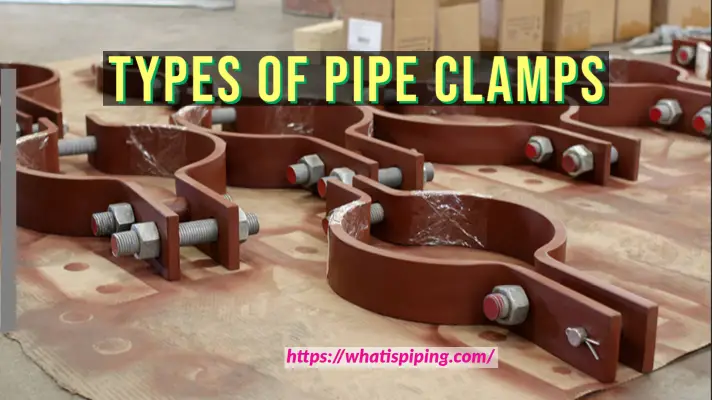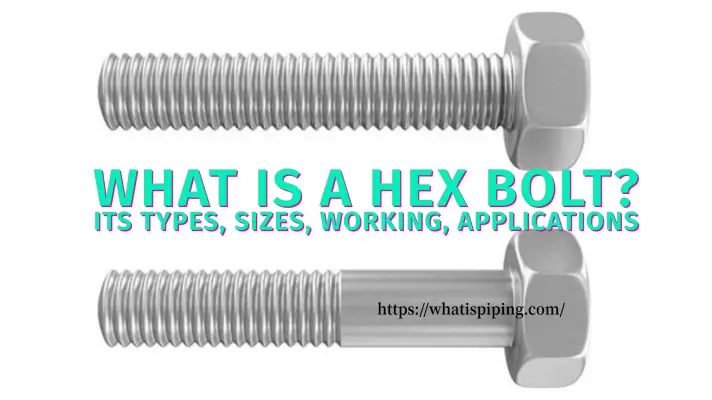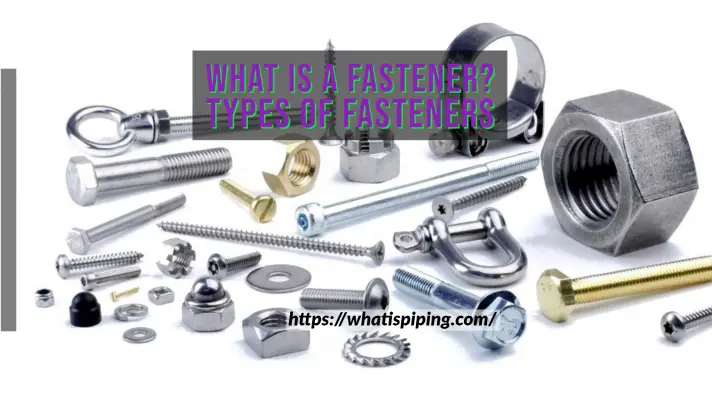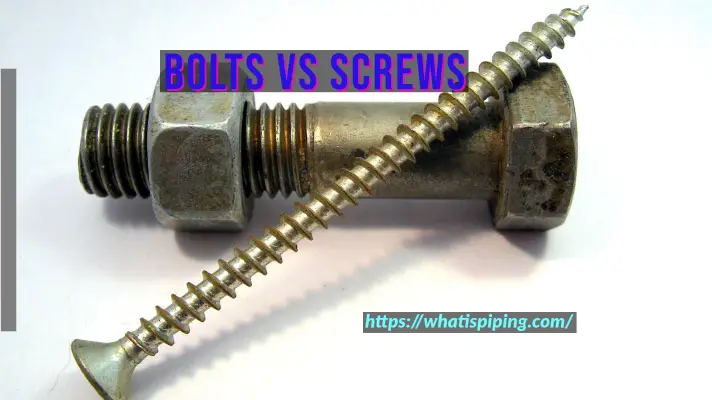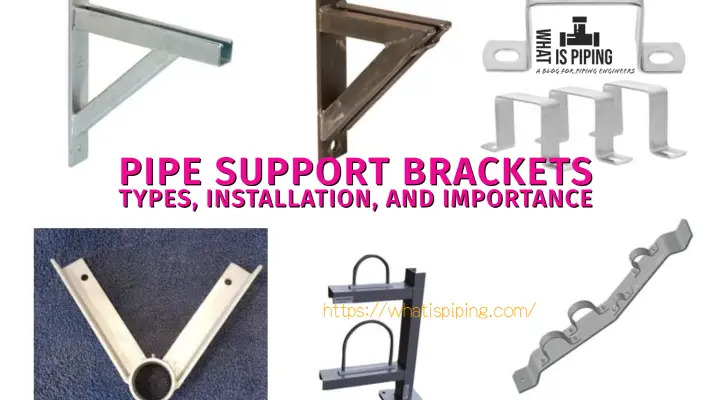Piping fasteners are essential components in various industries, providing crucial support and stability to pipelines, structures, and systems. These fasteners are used to join pipes, tubes, and other components securely, ensuring that the integrity of the system is maintained under various operating conditions. In this article, we will explore the different types of piping fasteners, their applications, and best practices for their installation.
What is a Piping Fastener?
A pipe fastener serves as a mechanical device that connects or secures two or more pipes together. These fasteners encompass a wide range of options, including high-tensile and mild steel bolts, clamps, nuts, screws, washers, studs, and pins, among others. With applications extending to both industrial and residential pipe fittings, pipe fasteners find use across diverse industries. These fasteners are crafted from various materials and are offered in a plethora of shapes, sizes, and designs, catering to the specific needs of different pipe connections.
Types of Piping Fasteners:
Bolts and Nuts:
Bolts and nuts are one of the most common types of piping fasteners. These fasteners consist of a threaded rod (bolt) and a corresponding nut. They are used to secure flanges, valves, and other components in a piping system. Bolts come in various grades, sizes, and materials, such as carbon steel, stainless steel, and alloy steel, depending on the specific application requirements.
Stud Bolts:
Stud bolts are similar to regular bolts but lack a head. Instead, they have threads on both ends and are used with two nuts to create a more secure connection. Stud bolts are commonly employed in flanged connections, ensuring uniform clamping force distribution and easy replacement of components without disassembling the entire joint.
Washers:
Washers are flat, circular disks with a hole in the center that fits around a bolt or nut. They distribute the load over a larger area, preventing damage to the connected materials and reducing the risk of loosening over time. Common washer types include flat washers, split washers, and spring washers, each serving specific purposes based on the application.
Gaskets:
Gaskets are not exactly fasteners but are essential for creating a secure seal between two mating surfaces, such as flanges. They come in various materials, including rubber, cork, graphite, and metal, and their selection depends on the type of fluid or gas being conveyed, as well as temperature and pressure conditions.
Common Materials for Piping Fasteners
The most widely used piping fastener materials are:
- Aluminum
- Brass
- Bronze
- Carbon Steel
- Cast Iron
- Copper
- Non-ferrous metal
- Plastic
- Polypropylene
- PVC
- Stainless Steel etc.
Applications of Piping Fasteners
Oil and Gas Industry:
In the oil and gas sector, piping fasteners play a vital role in connecting pipelines, flanges, valves, and other equipment. The industry demands high-strength and corrosion-resistant fasteners due to the harsh operating conditions and the presence of corrosive fluids.
Petrochemical Industry:
Similar to the oil and gas industry, the petrochemical sector requires robust piping fasteners to handle various chemicals and high temperatures. Proper fastener selection ensures the integrity of the system and minimizes the risk of hazardous leaks.
Power Generation:
In power plants, piping fasteners are crucial for connecting and supporting pipelines, steam lines, and cooling systems. Depending on the type of power plant (nuclear, coal-fired, gas-fired, etc.), the fasteners must meet specific safety and material requirements.
Water and Wastewater Treatment:
Piping fasteners are used extensively in water treatment and distribution systems, as well as wastewater treatment plants. Stainless steel fasteners are often preferred in these applications to resist corrosion and maintain water quality.
Best Practices for Piping Fastener Installation
Proper Fastener Selection:
Selecting the right type and grade of fasteners for the specific application is crucial. Consider factors such as material compatibility, temperature, pressure, and environmental conditions to ensure optimal performance and longevity.
Torque Specifications:
Adhere to manufacturer-recommended torque values while tightening fasteners. Under-tightened fasteners can lead to leaks, while over-tightening can damage components or cause joint failure.
Clean and Prepare Surfaces:
Before installing fasteners, ensure that the mating surfaces are clean and free of debris, rust, and contaminants. Proper surface preparation improves the effectiveness of gaskets and promotes a reliable seal.
Inspect and Replace:
Regularly inspect piping fasteners for signs of wear, corrosion, or damage. Replace any compromised fasteners promptly to maintain the integrity of the system and prevent potential failures.
Conclusion
Piping fasteners are critical components in various industrial applications, ensuring the secure connection of pipelines, flanges, and other equipment. Selecting the appropriate fasteners, following best installation practices, and conducting regular inspections are essential for maintaining system integrity and preventing leaks or failures. By understanding the types of piping fasteners and their applications, industries can make informed decisions and enhance the reliability and safety of their piping systems.


